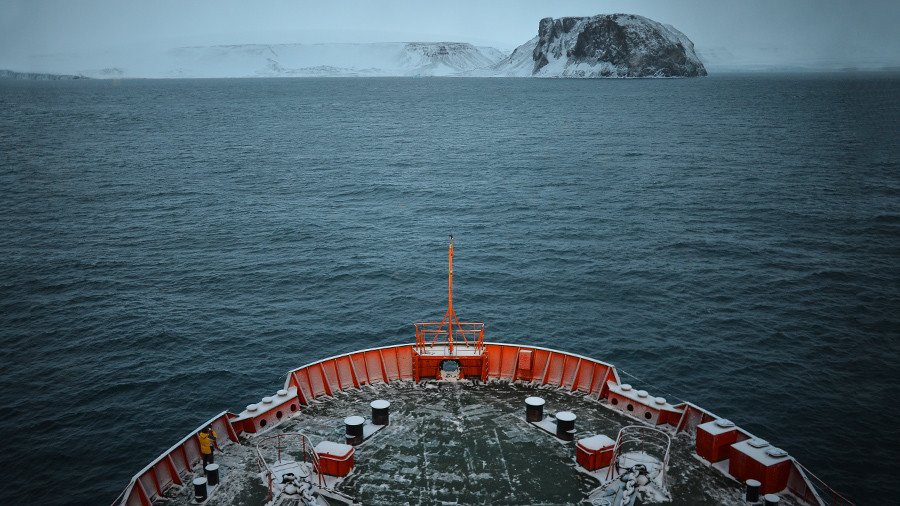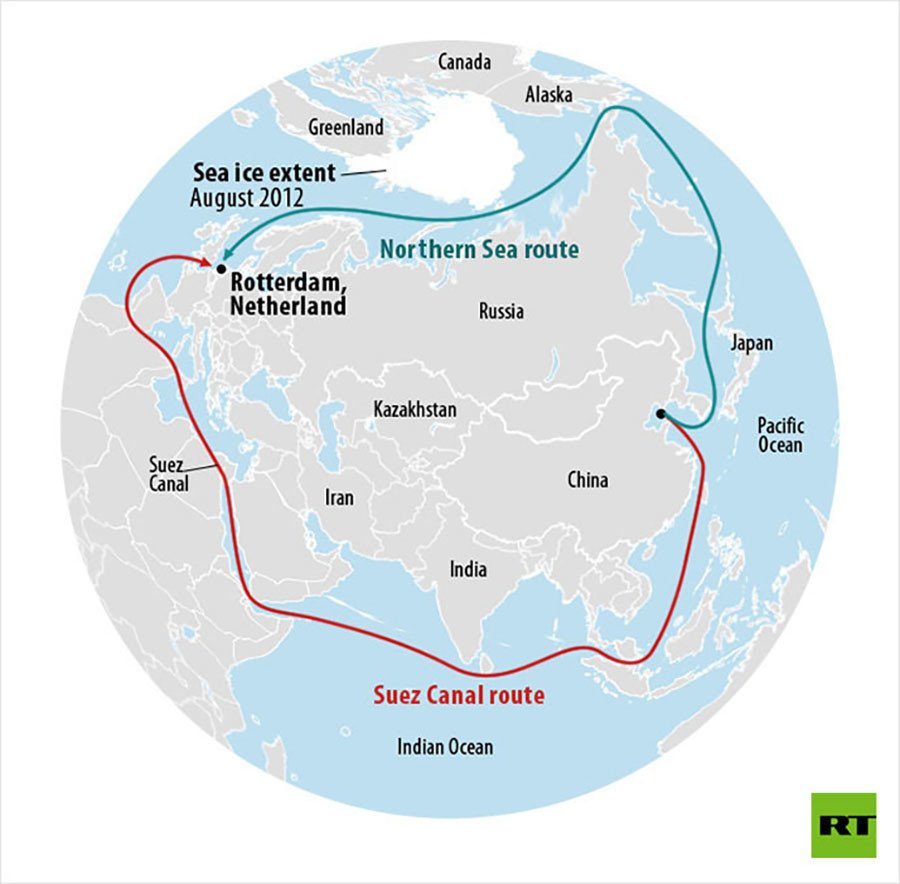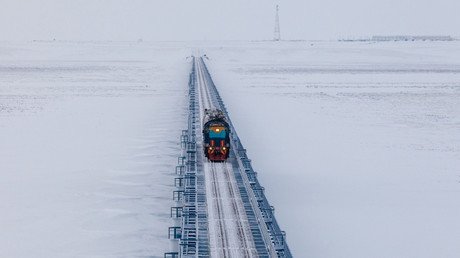Russian Arctic sea route shipping more than quadruples in 5 years

Cargo shipping in Russia’s northernmost territorial waters has increased by more than four times since 2013, according to Aleksandr Kalashnikov, the department head at the Northern Sea Route Administration.
The volume of cargo transported through the route totaled 13 million tons as of October 1, marking a significant increase against three million tons shipped five years ago, according to Kalashnikov, who heads the navigational, hydrographic, and hydro-meteorological department.
The official stressed that the figure is expected to reach 17 million tons by the end of this year.
The Northern Sea Route is the shortest maritime passage connecting the European part of Russia with the country’s Far East regions. The transport artery passes through several seas of the Arctic Ocean, including the Barents Sea, Kara Sea, Laptev Sea, East Siberian Sea, Chukchi Sea, and partially through the Bering Sea in the Pacific Ocean.
Numerous large-scale crude extraction projects are the key drivers for developing the route. Currently, the passage is mostly used for transporting oil and gas shipments, including liquefied natural gas (LNG) and petrochemicals, concentrated ore, coal, and metals.
Stretching through Arctic waters, the Northern Sea Route is operated within Russia’s Exclusive Economic Zone. The passage is gradually becoming a major trade route for goods shipped between Europe and Asia. The route cuts transportation time in half compared to traditional routes through the Suez and Panama canals.
The first east-to-west voyage through the Northern Sea Route was carried out in 1915 by the expedition led by Russian hydrographer and surveyor Boris Vilkitskiy. During the Soviet era, the passage was mostly used to supply goods to isolated settlements in the Arctic. In 1991, the Northern Sea Route was opened to international shipping.

For more stories on economy & finance visit RT's business section















